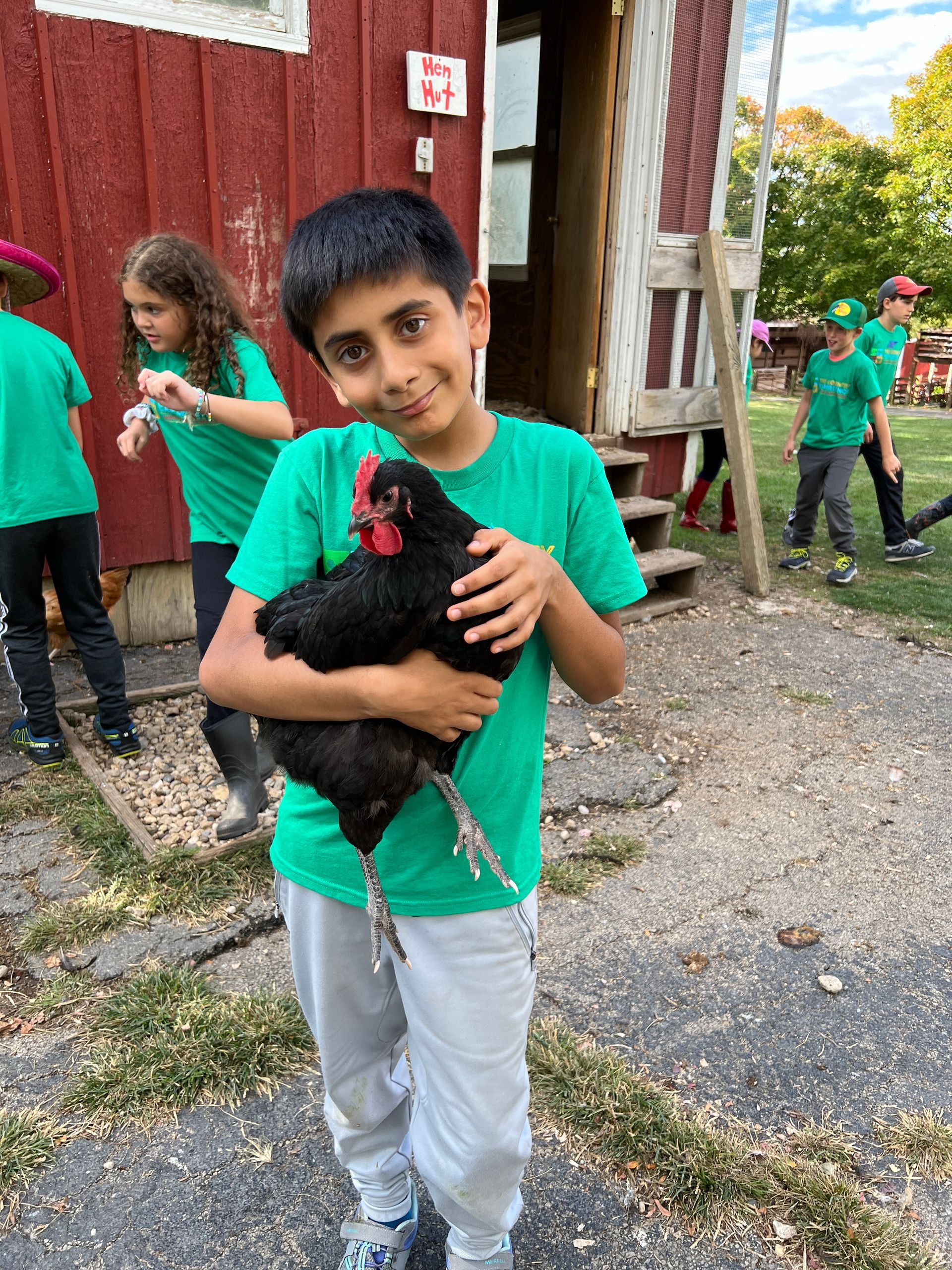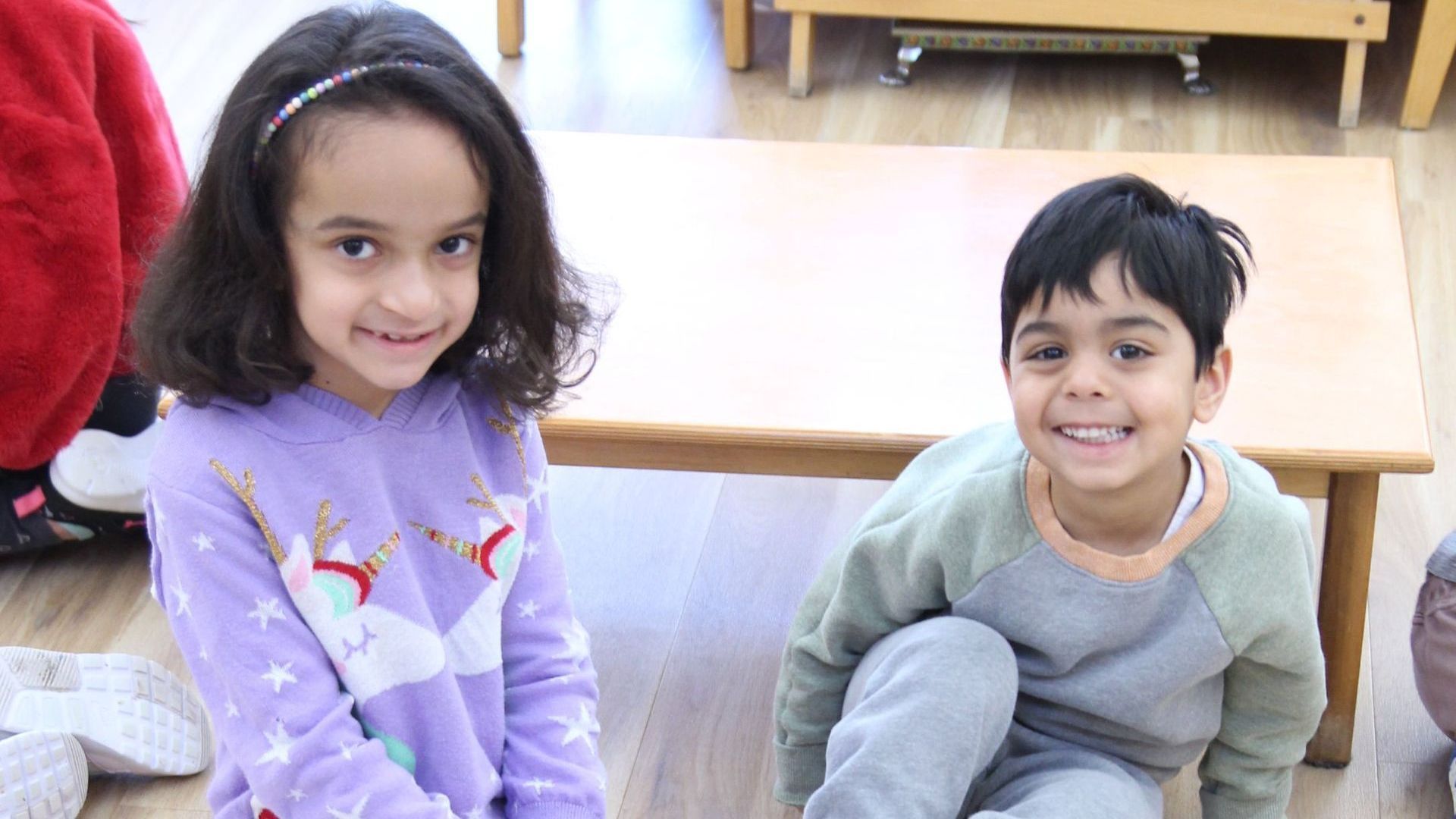 I’ve always had the creative urge, and as the middle of seven brothers and sisters, I learned to be resourceful. I received a degree in Painting, and worked for a number of years for designers and home owners as a decorative painter. I returned to school for teacher certification, and while doing so worked at a Chicago Public Montessori School. I served as an assistant in the Early Childhood program for 4 years, 2 years in the Lower Elementary classroom, and after receiving Illinois State Certification, directed a Middle school Language Arts and Social Studies classroom for 2 years.
I’ve always had the creative urge, and as the middle of seven brothers and sisters, I learned to be resourceful. I received a degree in Painting, and worked for a number of years for designers and home owners as a decorative painter. I returned to school for teacher certification, and while doing so worked at a Chicago Public Montessori School. I served as an assistant in the Early Childhood program for 4 years, 2 years in the Lower Elementary classroom, and after receiving Illinois State Certification, directed a Middle school Language Arts and Social Studies classroom for 2 years.
While attending Montessori Institute of Milwaukee pursuing AMI certification, I accepted a position in the Lower Elementary program at Nature’s Classroom in Mukwonago, Wisconsin. I served as assistant my first year, and then co-taught for two more years. I also provided art education for the adolescent program and Upper and Lower Elementary classrooms at various times.
co-taught for two more years. I also provided art education for the adolescent program and Upper and Lower Elementary classrooms at various times.
The students attending the After School Club will have many opportunities for creative expression this year. There are many resources to work with, particularly in the fiber arts. Students have already taken advantage of the weaving and sewing materials.
We have made salt dough clay, and the children have taken home their sculptures. Literature is included, with an emphasis on exposing the children to the “classics”: we’ve sung “The Old Lady Who Swallowed the Fly,” read The Little Engine That Could , and have The Little Red Hen lined up.
 The fine weather has allowed us unstructured outdoor time, collecting buckeyes and acorns, exploring the prairie, picking apples, and using the playground equipment. We have helped with the composting effort by retrieving some rotted hay bales from the sledding hill. We have also begun a small worm composting container in the classroom. This has provided opportunities for measuring weight, using math skills for computing food volume, and raising questions about the differences in weight from week to week.
The fine weather has allowed us unstructured outdoor time, collecting buckeyes and acorns, exploring the prairie, picking apples, and using the playground equipment. We have helped with the composting effort by retrieving some rotted hay bales from the sledding hill. We have also begun a small worm composting container in the classroom. This has provided opportunities for measuring weight, using math skills for computing food volume, and raising questions about the differences in weight from week to week.
 The students are maintaining a count of days by making a paper chain. A student is invited to write the name and number of the day and the name of the month on the link. Weekends are distinguished by a blue colored link, special days like holidays, birthdays, and equinoxes by yellow colored links. This activity encourages the children to think about what will happen in the future, and the growing chain impresses upon them in a concrete way the passage of time. This activity has inspired some to construct their own chain, strictly for the joy of creating.
The students are maintaining a count of days by making a paper chain. A student is invited to write the name and number of the day and the name of the month on the link. Weekends are distinguished by a blue colored link, special days like holidays, birthdays, and equinoxes by yellow colored links. This activity encourages the children to think about what will happen in the future, and the growing chain impresses upon them in a concrete way the passage of time. This activity has inspired some to construct their own chain, strictly for the joy of creating.
 Cooking is an activity that the students enjoy. We have made waffles, and the fresh squeezed orange juice popsicles were a favorite.
Cooking is an activity that the students enjoy. We have made waffles, and the fresh squeezed orange juice popsicles were a favorite.
‘Pattern’ is the theme in the activities presented in After School Club. With the visual arts, the pattern produced by shapes or hand gesture will be highlighted. With music, the pattern of rhythm and language in song. Through the reading of the classics, the pattern of a story or poem. In games or outdoor activities, the pattern of physical gesture.
 In origami, the pattern of folding paper to create a form. The pattern of the calendar is expressed in the chain activity, as well as the student’s recent experience of the equinox and the lunar eclipse.
In origami, the pattern of folding paper to create a form. The pattern of the calendar is expressed in the chain activity, as well as the student’s recent experience of the equinox and the lunar eclipse.
The pattern of the work cycle is reinforced as well: choose your activity, enjoy your activity, and return your activity to where someone else can find it to choose.
Some activities or lessons which will be presented to the students in future After School Clubs are: Calligraphy, knitting hats, bead weaving, map making, shadow puppets, making other percussion instruments, music listening activities,
School Clubs are: Calligraphy, knitting hats, bead weaving, map making, shadow puppets, making other percussion instruments, music listening activities,
movement/dance, making flags, and geography adventures.
Life after school, from day to day to diploma, is the time for students to apply, think about, practice, doubt, manipulate, create, and share all the new knowledge they’ve been presented or have discovered themselves. My objective in the After School Club is to provide these opportunities, in an environment which is prepared to support many ways to use knowledge. It’s going to be a great year!
The post Life After School – by Jeff Daube, Elementary After School Club Director appeared first on Montessori School of Lake Forest.





